Introduction
Crop rotation is a common agricultural practice that has been used for centuries to improve soil health, increase crop yield, and manage pests and diseases. This practice involves planting different crops in the same field in sequential seasons to break the cycles of pests and diseases that may affect a specific crop. In this article, we will explore the role of crop rotation in pest and disease management and how it can benefit both farmers and the environment.
What is Crop Rotation?
Crop rotation is the practice of growing different types of crops in the same area over a sequence of growing seasons. This technique has been used by farmers around the world to maintain soil health, prevent erosion, and reduce the impact of pests and diseases on crops.
How Does Crop Rotation Work?
Crop rotation works by disrupting the life cycles of pests and diseases that may be specific to a particular crop. By planting a different crop in the same field each season, farmers can break the cycle of pests and diseases that may have built up in the soil. This helps to reduce the risk of crop damage and loss, as well as the need for chemical pesticides.
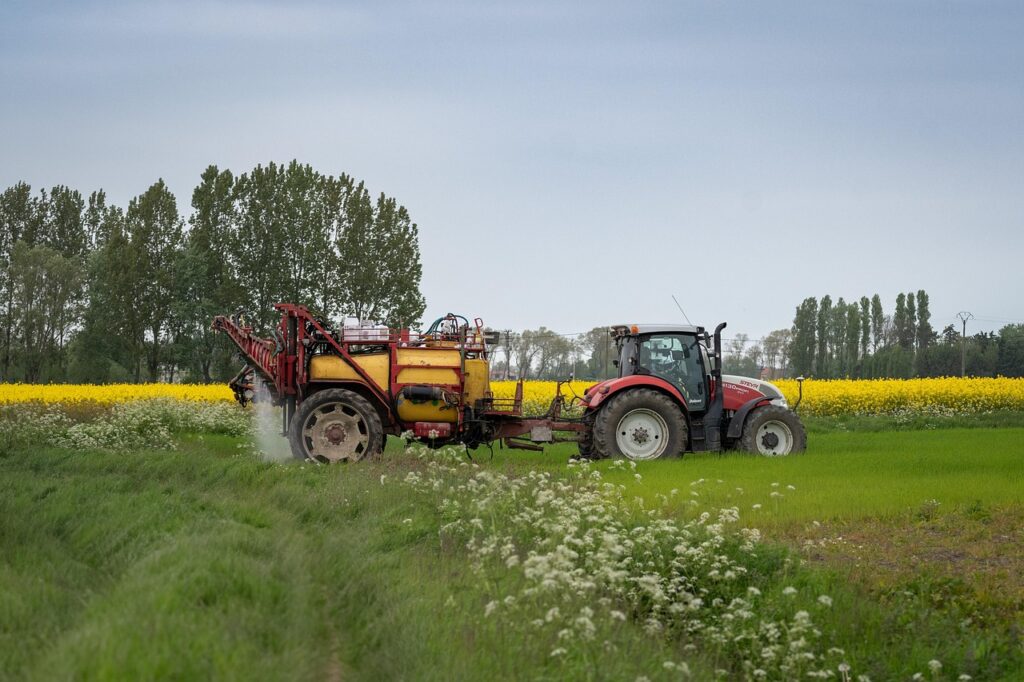
Benefits of Crop Rotation
-
Improved Soil Health: Crop rotation helps to maintain soil fertility and structure by diversifying the types of crops grown in a field. Different crops have different nutrient needs, so rotating crops can prevent soil depletion and increase soil health.
-
Pest and Disease Management: As mentioned earlier, crop rotation can disrupt the life cycles of pests and diseases, reducing their impact on crops. This can lead to lower disease incidence and a reduction in the need for chemical treatments.
-
Increased Crop Yield: By improving soil health and managing pests and diseases, crop rotation can help to increase crop yield and overall farm productivity. Different crops have different effects on soil health, so rotating crops can improve soil quality and fertility over time.
-
Environmental Benefits: Crop rotation can also have environmental benefits, such as reducing the need for chemical fertilizers and pesticides. By using natural methods to manage pests and diseases, farmers can protect the environment and promote sustainable agriculture.
Types of Crop Rotations
There are several types of crop rotations that farmers can use to manage pests and diseases and improve soil health. Some common crop rotation schemes include:
-
Three-Field System: In this system, farmers divide their land into three equal parts and plant a different crop in each section. For example, one section may be planted with wheat, another with legumes, and the third left fallow. This rotation can help to maintain soil fertility and reduce the buildup of pests and diseases.
-
Four-Field System: The four-field system is similar to the three-field system, but with an additional crop in rotation. Farmers divide their land into four equal parts and plant different crops in each section, such as wheat, barley, oats, and legumes. This rotation can provide additional benefits for soil health and pest management.
-
Cash Crop Rotation: In this rotation scheme, farmers alternate between planting cash crops, such as corn or soybeans, and cover crops, such as clover or rye. Cover crops can help to improve soil health and reduce erosion, while cash crops can provide income for the farmer. This rotation can be beneficial for managing pests and diseases while maintaining soil fertility.

Crop Rotation and Pest Management
Crop rotation is an effective strategy for managing pests in agriculture, as it disrupts their life cycles and reduces their populations. Different crops are susceptible to different pests, so rotating crops can help to break the cycle of pest infestations and reduce the risk of crop damage.
Effectiveness of Crop Rotation in Pest Management
Crop rotation has been shown to be an effective method for managing pests in various crops, including grains, vegetables, and fruits. By planting different crops in a field each season, farmers can reduce the risk of pest infestations and limit the damage caused by pests. This can result in higher crop yields and reduced reliance on chemical pesticides.
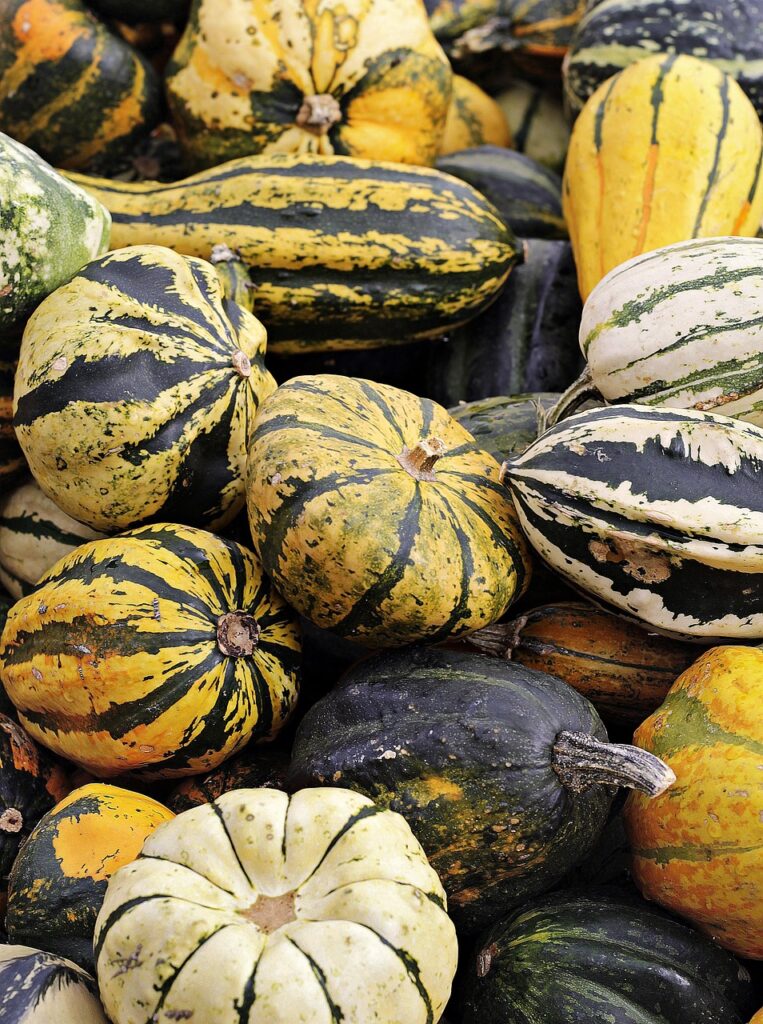
Crop Rotation as a Biological Control Method
Crop rotation can also be used as a form of biological control for pests. By planting crops that are not susceptible to certain pests, farmers can reduce the populations of pests that may be present in the soil. This natural method of pest management can help to maintain a balanced ecosystem and reduce the need for chemical treatments.
Examples of Crop Rotation for Pest Management
-
Corn-Soybean Rotation: In this rotation scheme, farmers alternate between planting corn and soybeans in the same field. Corn is susceptible to pests such as corn borers, while soybeans are not. By rotating these crops, farmers can reduce the populations of corn borers and limit their impact on the corn crop.
-
Potato-Bean Rotation: Potatoes are susceptible to pests such as potato beetles, while beans are not. By rotating potatoes with beans, farmers can reduce the populations of potato beetles in the soil and protect the potato crop from damage.
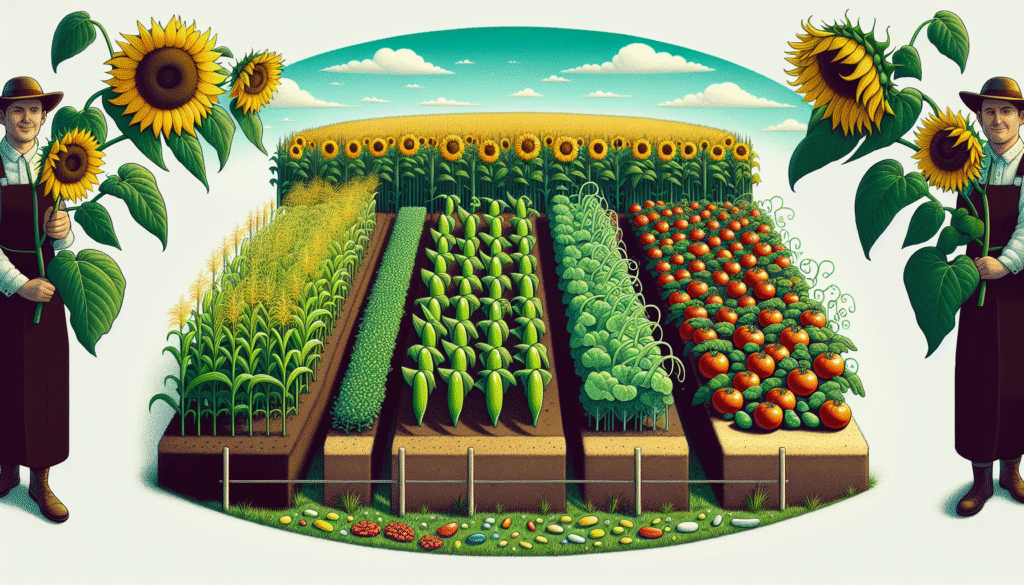
Crop Rotation and Disease Management
Crop rotation is also an effective strategy for managing diseases in agriculture, as it can reduce the buildup of pathogens in the soil and limit the spread of diseases between crops. Different crops are susceptible to different diseases, so rotating crops can help to break the cycle of disease outbreaks and protect crop health.
Effectiveness of Crop Rotation in Disease Management
Crop rotation has been shown to be an effective method for managing diseases in various crops, including cereals, vegetables, and fruits. By planting different crops in a field each season, farmers can reduce the risk of disease outbreaks and limit the spread of pathogens. This can result in healthier crops and reduced losses due to diseases.
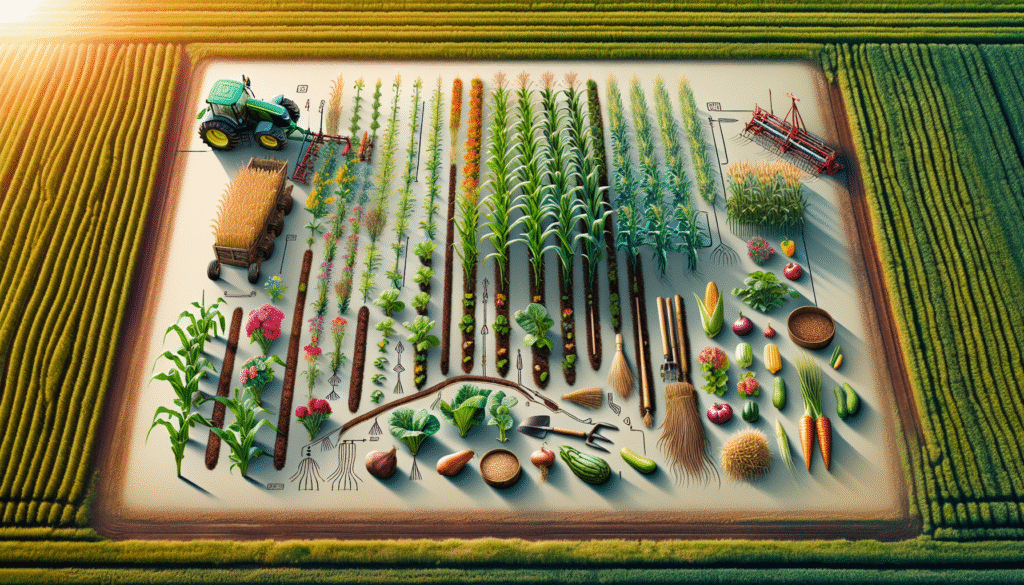
Crop Rotation as a Disease Prevention Method
Crop rotation can also be used as a preventive measure for diseases in agriculture. By planting crops that are not susceptible to certain diseases, farmers can reduce the risk of pathogen buildup in the soil. This can help to protect crop health and prevent the spread of diseases between crops.
Examples of Crop Rotation for Disease Management
-
Tomato-Cabbage Rotation: Tomatoes are susceptible to diseases such as early blight, while cabbages are not. By rotating tomatoes with cabbages, farmers can reduce the risk of early blight in the soil and protect the tomato crop from disease.
-
Apple-Grass Rotation: Apples are susceptible to diseases such as apple scab, while grasses are not. By rotating apples with grasses, farmers can reduce the populations of pathogens that cause apple scab and limit the spread of the disease in the orchard.
Crop Rotation and Soil Health
In addition to managing pests and diseases, crop rotation can also improve soil health by diversifying the types of crops grown in a field and preventing soil depletion. Different crops have different effects on soil fertility and structure, so rotating crops can help to maintain soil health and prevent erosion.
Effects of Crop Rotation on Soil Health
Crop rotation can have several positive effects on soil health, including:
-
Increased Soil Fertility: Different crops have different nutrient needs, so rotating crops can help to replenish soil nutrients and maintain fertility. This can improve crop yields and overall farm productivity.
-
Prevention of Soil Erosion: Crop rotation can help to prevent soil erosion by increasing soil structure and reducing runoff. This can protect the soil from degradation and maintain its productivity over time.
-
Enhanced Soil Structure: Different crops have different root systems, which can help to break up compacted soil and improve aeration. This can promote better water infiltration and root growth, leading to healthier crops.
Crop Rotation and Sustainable Agriculture
Crop rotation is a key component of sustainable agriculture, as it can help to maintain soil health, manage pests and diseases, and reduce the need for chemical inputs. By using natural methods to improve soil fertility and crop productivity, farmers can protect the environment and promote long-term sustainability in agriculture.
Role of Crop Rotation in Sustainable Agriculture
Crop rotation plays a vital role in sustainable agriculture by:
-
Reducing Environmental Impact: Crop rotation can help to reduce the need for synthetic fertilizers and pesticides, which can have negative effects on the environment. By using natural methods to manage pests and diseases, farmers can protect the soil and water resources.
-
Promoting Biodiversity: Crop rotation can promote biodiversity by diversifying the types of crops grown in a field. This can attract beneficial insects, birds, and other wildlife to the farm, creating a more balanced ecosystem.
-
Improving Soil Health: Crop rotation can improve soil health by maintaining fertility, preventing erosion, and enhancing soil structure. This can lead to healthier crops, higher yields, and better farm resilience to climate change.
Conclusion
In conclusion, crop rotation plays a crucial role in pest and disease management in agriculture by disrupting pest and disease cycles, improving soil health, and reducing the need for chemical treatments. By rotating crops in a field each season, farmers can protect crop health, increase yields, and promote sustainable agriculture practices. So, next time you plan your crop planting schedule, consider the benefits of crop rotation for managing pests and diseases and improving soil health. Happy farming!
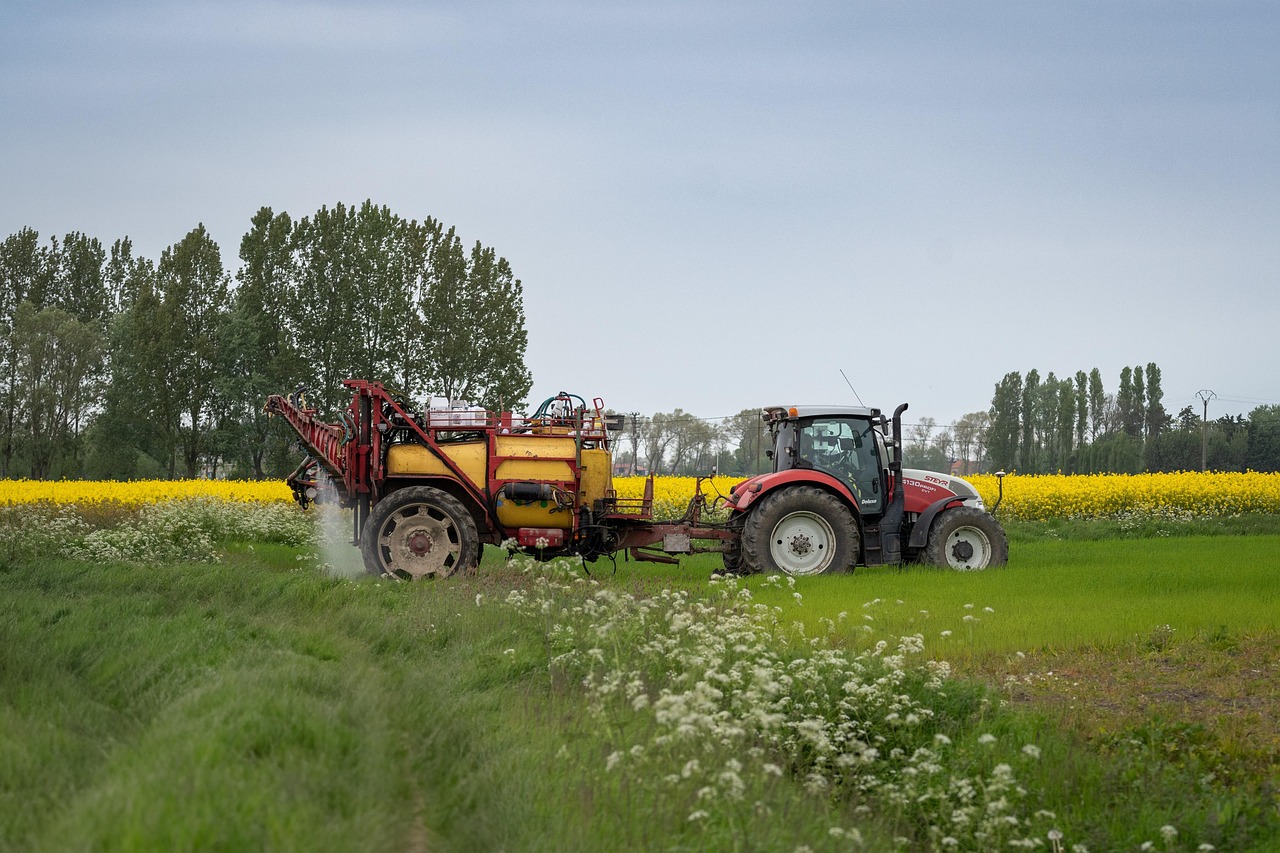


Comments are closed